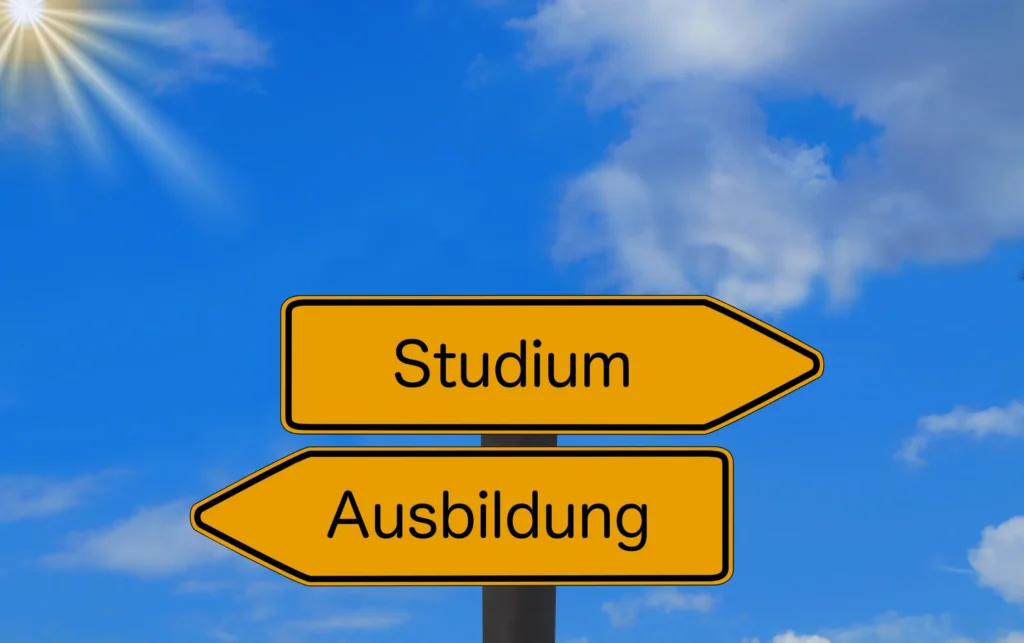Migration has shaped civilizations, economics, and cultures all over the world, making it a defining feature of human history. In the past, cross-border migration, especially to countries like the US and Europe, appeared simpler than the intricate procedures that exist now. But there were complexities and difficulties associated with this simplicity. Let’s examine why migration seemed simpler back then and how it varies now. Cross-Border Migration in Historical Context In the 19th and early 20th centuries, cross-border migration was often driven by the promise of better opportunities and escape from political unrest, poverty, or natural disasters. People from all walks of life sought to create a better future for themselves and their families. Major destinations such as the United States and Europe became hubs for immigrants due to booming industrialization and the availability of jobs abroad Factors That Made Migration Easier in Earlier Days 1. Less Stringent Immigration Policies During the 19th century, many countries had lenient immigration laws. The United States, for instance, had an open-door policy for much of its early history. Ellis Island in New York served as the entry point for millions of immigrants, particularly from Europe. Immigrants were primarily evaluated for physical health and basic information, making US migration relatively simple. In Europe, industrialized countries like Germany, France, and the United Kingdom welcomed foreign labor to fuel their expanding industries. Documentation requirements were minimal, and borders were not as strictly regulated as they are today 2. Abundance of Job Opportunities Industrial revolutions in Europe and the United States created a massive demand for labor. Factories, railways, and mines were always in need of workers, and migrants found it easier to secure jobs abroad. This demand often outweighed the need for extensive background checks or qualifications, which are now a standard part of the hiring process 3. Word-of-Mouth Networks Refugees and immigrants going for a new life.Before the advent of modern technology, migration was facilitated by strong networks of family and friends. Communities often migrated together or provided crucial information about finding jobs abroad. These networks ensured a support system for new migrants, reducing the fear of the unknown 4. Lower Costs of Migration The financial barrier for migration was significantly lower in earlier days. Ships were the primary mode of transportation, and while the journey was arduous, it was affordable for many. This accessibility meant that even individuals from modest backgrounds could dream of a new life overseas Challenges of Migration in Earlier Times Despite the relative ease, migration in earlier days was not without its hardships. Immigrants faced numerous challenges, including: Poor Living Conditions: Many migrants lived in overcrowded and unsanitary conditions upon arrival, especially in urban areas. Cultural Barriers: Language and cultural differences often led to misunderstandings and discrimination. Lack of Legal Protection: Labor laws were minimal or non-existent, leaving migrants vulnerable to exploitation. Health Risks: Long journeys on overcrowded ships often led to the spread of diseases, and many did not survive the trip Emotional and Social Struggles In addition to physical hardships, migrants faced emotional challenges. The separation from loved ones was often permanent due to the high costs and difficulty of return trips. Immigrants also grappled with homesickness and the need to assimilate into unfamiliar cultures while retaining their own identities. Discrimination and xenophobia added layers of complexity to their integration Comparison with Modern-Day Migration Today, cross-border migration has become a more regulated and structured process. Governments implement stringent visa policies, background checks, and qualifications to control the influx of migrants. For example, US migration now involves complex procedures, including employment sponsorships, green cards, and work visas. Similarly, European migration is influenced by agreements like the Schengen Area, which imposes specific criteria for entry and residence Modern-Day Advantages While the process has become more complex, it also offers certain advantages: Better Legal Protections: Migrants now benefit from international labor laws and human rights regulations. Employment contracts often include worker rights, ensuring fair wages and treatment. Access to Technology: Platforms like LinkedIn, job portals, and virtual networks make finding jobs abroad more efficient and transparent. Migrants can explore opportunities, apply online, and even attend virtual interviews before making the move. Improved Standards of Living: Migrants often gain access to higher standards of living, healthcare, and education, making the challenges of modern migration worth the effort The Role of International Agreements Agreements between countries now streamline migration processes for specific categories of workers. For instance, skilled labor agreements enable faster processing for professionals in demand sectors like healthcare, IT, and engineering. These frameworks help nations address labor shortages while providing migrants with defined career paths Persisting Challenges Despite these advancements, challenges like high costs, lengthy documentation processes, and stringent eligibility criteria continue to make migration daunting for many. Additionally, modern geopolitical issues, including stricter border controls and anti-immigration sentiments, create barriers for aspiring migrants Lessons from Historical Migration Looking back at historical migration patterns offers valuable insights. The resilience and resourcefulness of earlier migrants demonstrate the importance of community support and adaptability. Even with limited resources, they built lives in foreign lands and contributed significantly to the development of their host countries. These lessons remain relevant for modern migrants, emphasizing preparation, networking, and perseverance Migration in the Future The dynamics of migration will continue to evolve with advancements in technology and shifts in global policies. Innovations like artificial intelligence and blockchain may simplify migration processes by ensuring transparency and reducing bureaucratic hurdles. However, addressing issues like climate-induced migration and refugee crises will require international cooperation and empathetic policymaking Conclusion Migration in earlier days appeared easier due to less restrictive policies, abundant job opportunities, and community support. However, this simplicity came at the cost of limited legal protections and significant hardships. Modern migration, while more regulated, offers better safety nets but also presents higher barriers to entry. For those dreaming of jobs abroad, understanding these historical and contemporary dynamics is essential to navigate the journey effectively. Whether you are exploring US migration, European migration, or opportunities elsewhere, preparation and knowledge remain





